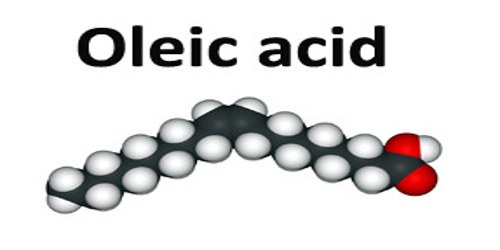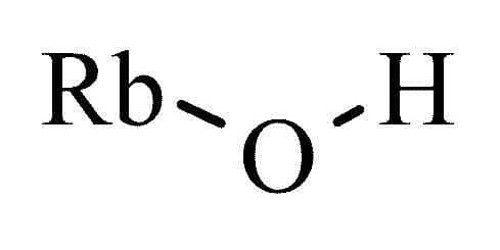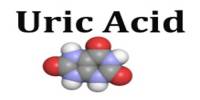Oleic Acid
Definition
Oleic acid is an organic acid that is prepared from fats and is used in the preparation of oleates and lotions. It is an unsaturated fatty acid that is the most widely distributed and abundant fatty acid in nature. It is odorless, colorless oil, though commercial samples may be yellowish.
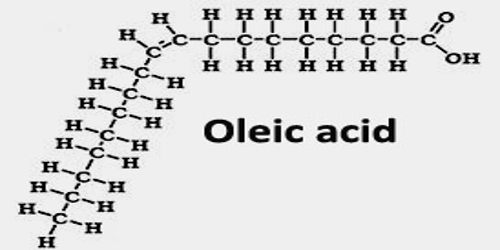
In chemical terms, oleic acid is classified as a monounsaturated omega-9 fatty acid. It has the formula CH3(CH2)7CH=CH(CH2)7COOH. The term “oleic” means related to, or derived from, olive oil which is mostly composed of oleic acid.
The stereoisomer of oleic acid is called elaidic acid or trans-9-octadecenoic acid. These isomers have distinct physical properties and biochemical properties. Elaidic acid, the most abundant trans fatty acid in diet, appears to have an adverse effect on health. A reaction that converts oleic acid to elaidic acid is called elaidinization.
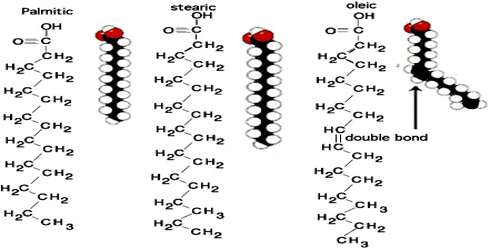
Occurrences and Production of Oleic Acid
Oleic acid is widely distributed in nature. The highest sources of oleic acid are avocados, olive oil, table olives and canola oil. The second-best sources are beef tallow, peanut oil, lard and palm oil. Corn oil, butterfat, soybean oil and sunflower oil are fair sources of oleic acid.
Triglycerides of oleic acid compose the majority of olive oil, although there may be less than 2.0% as free acid in virgin olive oil, with higher concentrations making the olive oil inedible. It also makes up 59-75% of pecan oil, 61% of canola oil, 36-67% of peanut oil, 60% of macadamia oil, 20-85% of sunflower oil (the latter in the high oleic variant), 15-20% of grape seed oil, sea buckthorn oil, and sesame oil, and 14% of poppyseed oil. It is abundantly present in many animal fats, constituting 37 to 56% of chicken and turkey fat and 44 to 47% of lard.
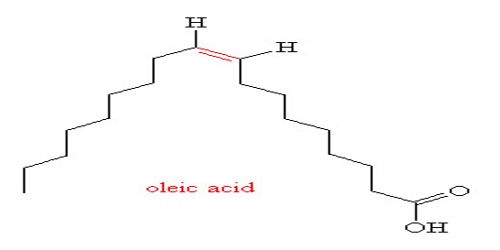
Oleic acid is the most abundant fatty acid in human adipose tissue, and second in abundance in human tissues overall only to palmitic acid.
Oleic acid undergoes the reactions of carboxylic acids and alkenes. It is soluble in aqueous base to give soaps called oleates. Iodine adds across the double bond. Hydrogenation of the double bond yields the saturated derivative stearic acid. Oxidation at the double bond occurs slowly in air, and is known as rancidification in foodstuffs or drying in coatings. Reduction of the carboxylic acid group yields oleyl alcohol. Ozonolysis of oleic acid is an important route to azelaic acid.
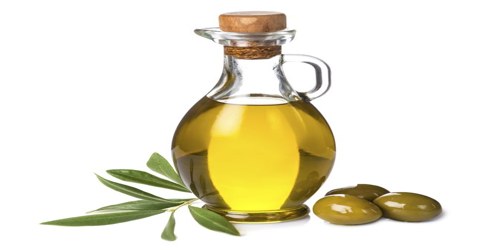
Uses and Benefits of Oleic Acid
Oleic acid is used in manufacturing of surfactants, soaps, plasticizers. Emulsifying agent in foods and pharmaceuticals. Biological Use/Importance: Skin penetrant. Herbicide, insecticide, fungicide. Oleic acid is also used as a cleaning agent in the manufacturing of soaps and detergents and as an emollient or softening agent, in creams, lotions, lipsticks and skin products.
Oleic acid is also used to induce lung damage in certain types of animals, for the purpose of testing new drugs and other means to treat lung diseases. Specifically in sheep, intravenous administration of oleic acid causes acute lung injury with corresponding pulmonary edema. This sort of research has been of particular benefit to premature newborns, for whom treatment for underdeveloped lungs is often a matter of life and death.
In a study published in February 2000 in the medical journal “QJM,” researchers in Ireland found that diets rich in oleic acid improved the participants’ fasting plasma glucose, insulin sensitivity and blood circulation. Lower fasting glucose and insulin levels, along with enhanced blood flow, suggest better diabetes control and less risk for other diseases. For millions of people with diagnosed diabetes and prediabetes, consuming foods rich in oleic acid may be beneficial in controlling the disease.
Reference:
